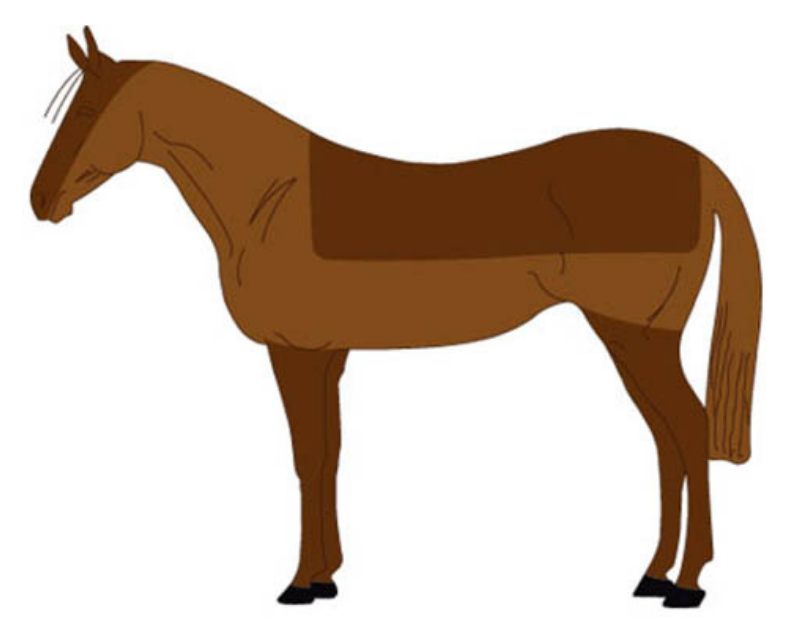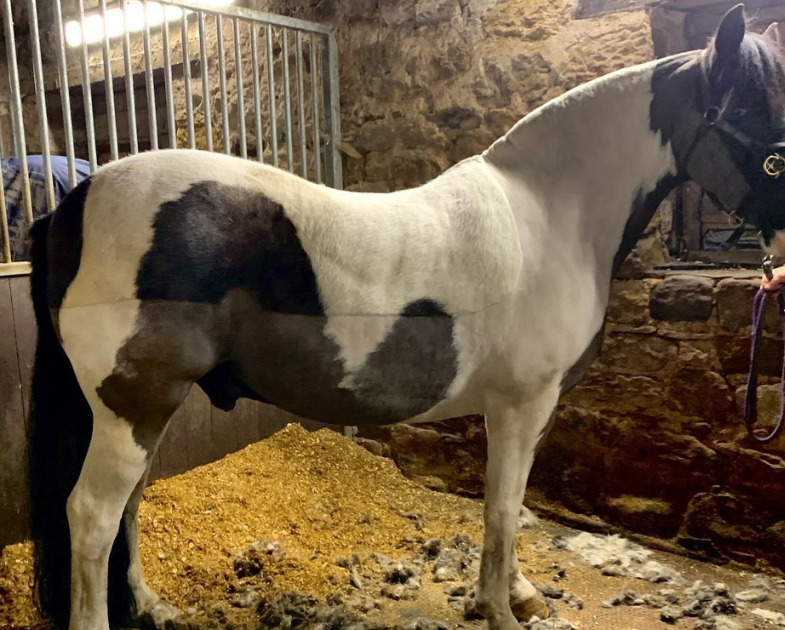Equine | 1ST APRIL 2021
Why Blanket Clip Your Horse?
Blanket clips are ideal for this time of year when you just can't predict the weather. The blanket clip removes hair in areas that are prone to sweating and leaves the areas that aren’t.
Before you decide on the type of clip to give your horse, its important to ask yourself a few questions, just to make sure it is suitable:
- How much work does your horse do?
- Does your horse sweat a lot?
- Do they feel the cold?
- How often do you clip?
If your horse works with a medium workload, it's likely that you won't need to take all of their hair off, just the bulk of it. The main areas where they will be sweating is around the neck area so in most cases, the hair in this area will be completely removed.
A blanket clip is when the hair is left on the upper half of the back, protecting the loins and hindquarters. This is perfect for those horses which are worked regularly and are stabled at night.
The blanket clip involves removing the horse’s coat from all of the neck and the underside of the belly. The clipped line runs from the withers (just in front of the saddle) in a straight line down to the shoulder. At the midpoint of the shoulder, the clip then runs in a straight line towards the horse’s tail.
At the stifle, a small arc is clipped as with the trace clip and carries on towards the tail. A small arc is clipped where the hair grows in different directions and then the straight line is carried on across the hind leg.

Watch the clipping experts from Hartpury College Equine Centre show us how to blanket clip across the full body:
If you are struggling, even after watching this video, you can place a saddle cloth on the area you would want to leave unclipped and then some chalk to mark out the area. After this, you can remove the chalk with wipes, and no one will ever know!
Trimmers can also be used to help define these lines, so it is worth having one on hand just to go over after you have finished the clip.

